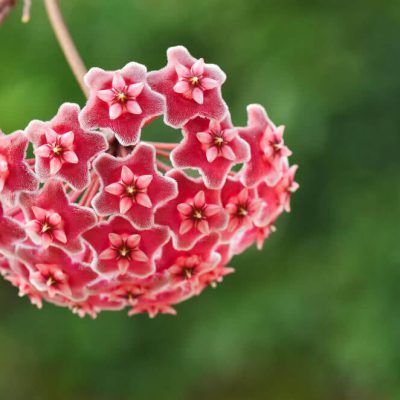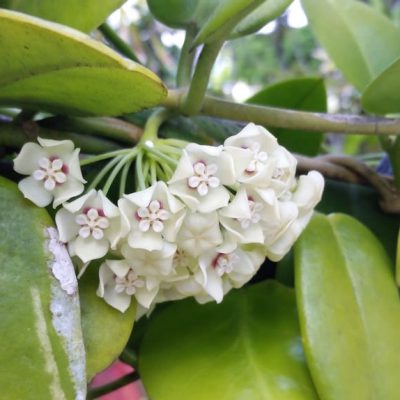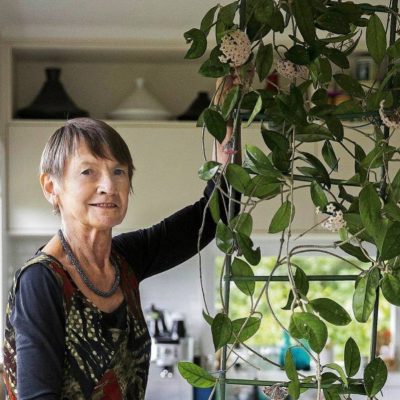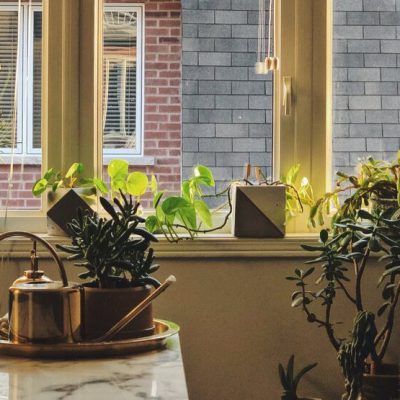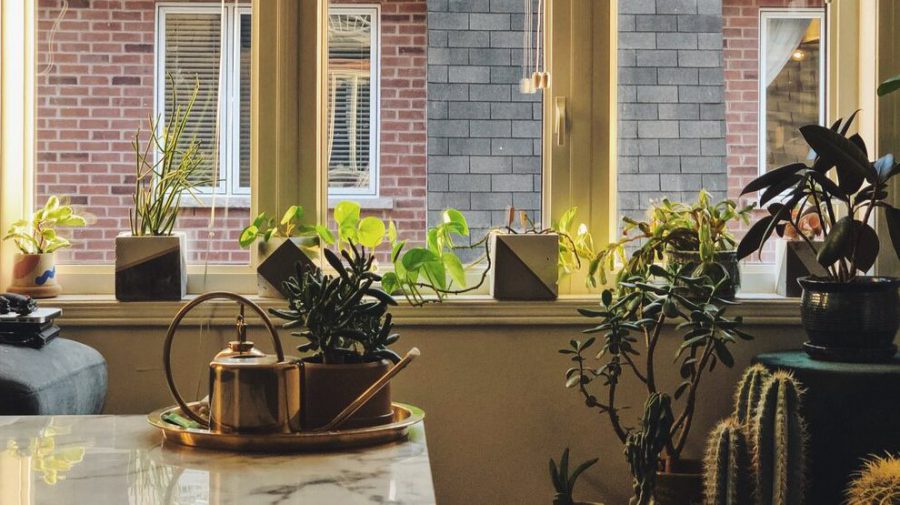
Hoyas as Houseplants
Hoyas, also known as wax plants or porcelain flowers, have again become popular in recent years. These houseplants quickly became the favorite of plant collectors—as the genus provides much variation in leaf shape, color, and blooms. A short visit to Instagram or Pinterest will provide the houseplant owner with incredible images and information that may lead one down the path of becoming a “Hoya Hoarder.”
Also known as wax plants or porcelain flowers, hoyas can take many forms. After reading this article, you too may become a “Hoya Hoarder.”
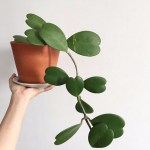
Discovered in the early 1800s by the Scottish botanist Robert Brown, during an expedition to Western Australia, Hoya species were collected along with 3400 other species of plants. Brown not only named the genus, but also named a new plant family to accommodate the characteristics of the hoyas and their relatives. The Hoya genus is named after Brown’s close friend and fellow botanist, Thomas Hoy who was the head gardener at the estate of the Duke of Northumberland. Brown first classified the Hoya genus in Apocynaceae, i.e. the dogbane family; however, in later years he found that there were certain characteristics of hoyas and its relatives that determined the need for a new family. He named Asclepiadaceae, the milkweed family, for plants that have white sap and leaves that are mainly opposite or whorled, along with other traits.
Many houseplant collectors have stated that the hoya plants have the most beautiful flowers of the family. The variation in bloom color, shape, and fragrance are stunning. Just keep in mind that it may take some time for your hoya to find the conditions needed to bloom. While you wait, admire the unique leaf shapes, succulent-like textures, and colors that make the hoya stand out among indoor gardenscapes. With so many species, it is difficult to decide with which hoya to begin your collection.
Hoya carnosa, is the classic hoya that graced homes in the 1970s, usually referred to as wax plant. There are myriad varieties of H. carnosa. ‘Crispa’ and ‘Regalis’ have curled and twisted leaves along the vining stem, and both are often called rope plant. ‘Variegata’ and ‘Rubra’ display variegated leaves with green, pink, and white or green and cream with reddish stems.
 The heart-leaf hoya, Hoya kerrii, is a slow grower, but given enough time it will showcase vining tendrils with waxy heart-shaped leaves. Though the blooms are only slightly fragrant, they are quite stunning with whitish corolla and burgundy to deep red corona. Be wary of the well-marketed sweetheart hoya, which is simply a single leaf of H. kerrii. It will stay just as it is and not develop into a vine.
The heart-leaf hoya, Hoya kerrii, is a slow grower, but given enough time it will showcase vining tendrils with waxy heart-shaped leaves. Though the blooms are only slightly fragrant, they are quite stunning with whitish corolla and burgundy to deep red corona. Be wary of the well-marketed sweetheart hoya, which is simply a single leaf of H. kerrii. It will stay just as it is and not develop into a vine.
One can traverse down a rabbit hole of opinions to discover which species is the most fragrant; however, all you need to do is look at the name—Hoya odorata. This hoya is a white-flowered species that has a shrub-like form and boasts the top fragrance. While it appears jasmine-like in habit, its scent is reminiscent of citrus with a touch of sweetness.
All of these species, found throughout Southeast Asia and Australia, do share similar requirements in care. Medium to bright, indirect light and preferably placed adjacent to a window—south, east, or west facing will do. Hoyas do not mind being a little bit rootbound. Take your time and do not rush out to purchase a new pot or size up the pot when you bring one home. Choose a well-drained soil and keep it moist, not wet. The thick, waxy leaves retain more water than you might think. Experienced hoya collectors will even wait until the leaves slightly pucker before watering.
Just as most hoya species are slow growing, so is their rate of bloom. However, once a flower begins to form just let your hoya be. There is no need to move, adjust, rotate, or pamper. Simply sit back and enjoy the beauty unfolding before you.
Bringing a hoya into your home will provide you with a lesson on patience, perseverance, and persistence. You may find yourself forgetting the fact that a hoya is a plant and that it can grow, and then be completely elated when you see a new leaf unfurl. Blooms will seem like miraculous events. Tendrils will all of the sudden become vines that need trellised years into the future. Hoyas are faithful and resilient and you will develop a long and lasting relationship with each plant that enters your household.
by MANDY L. SMITH
